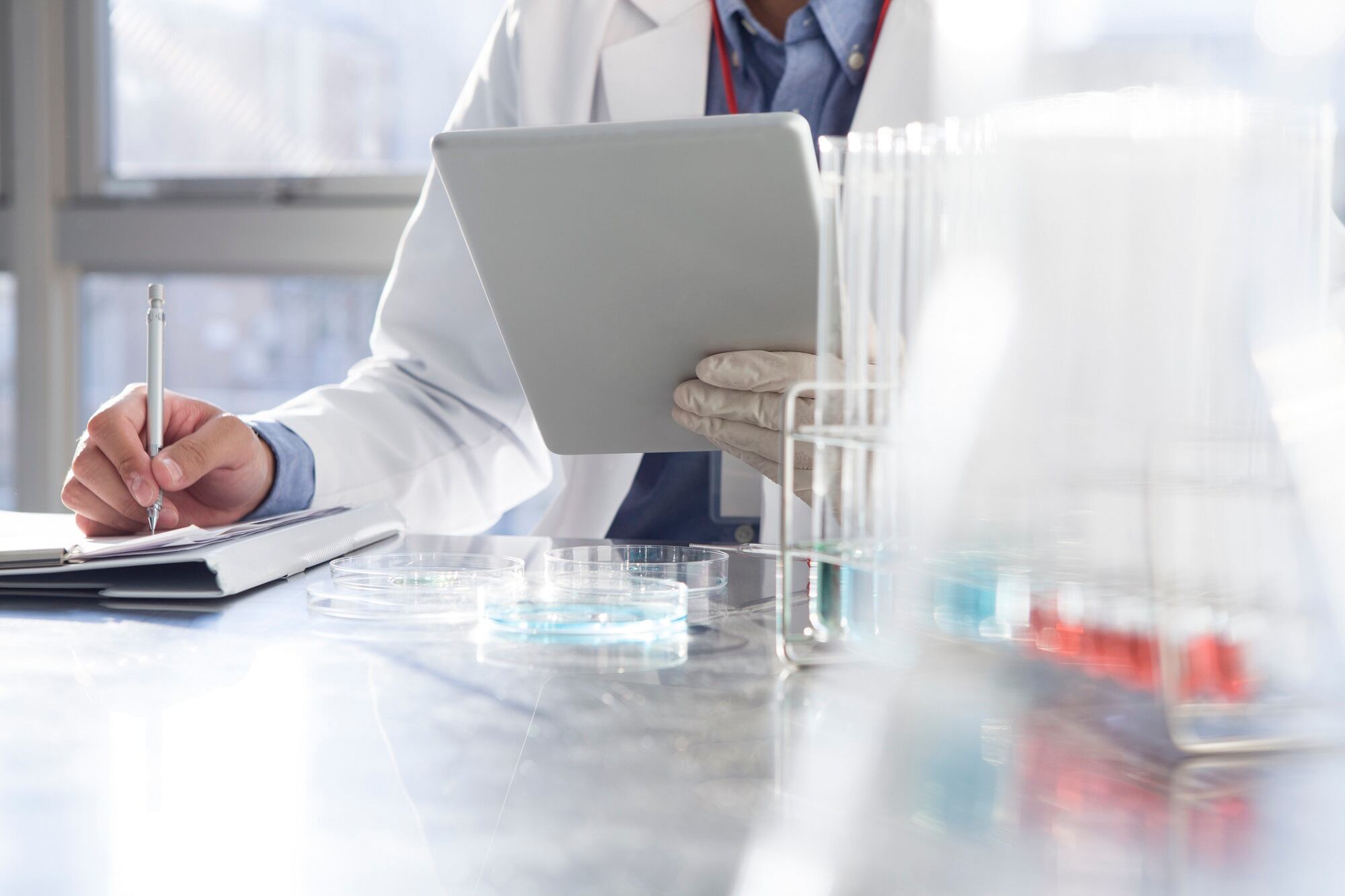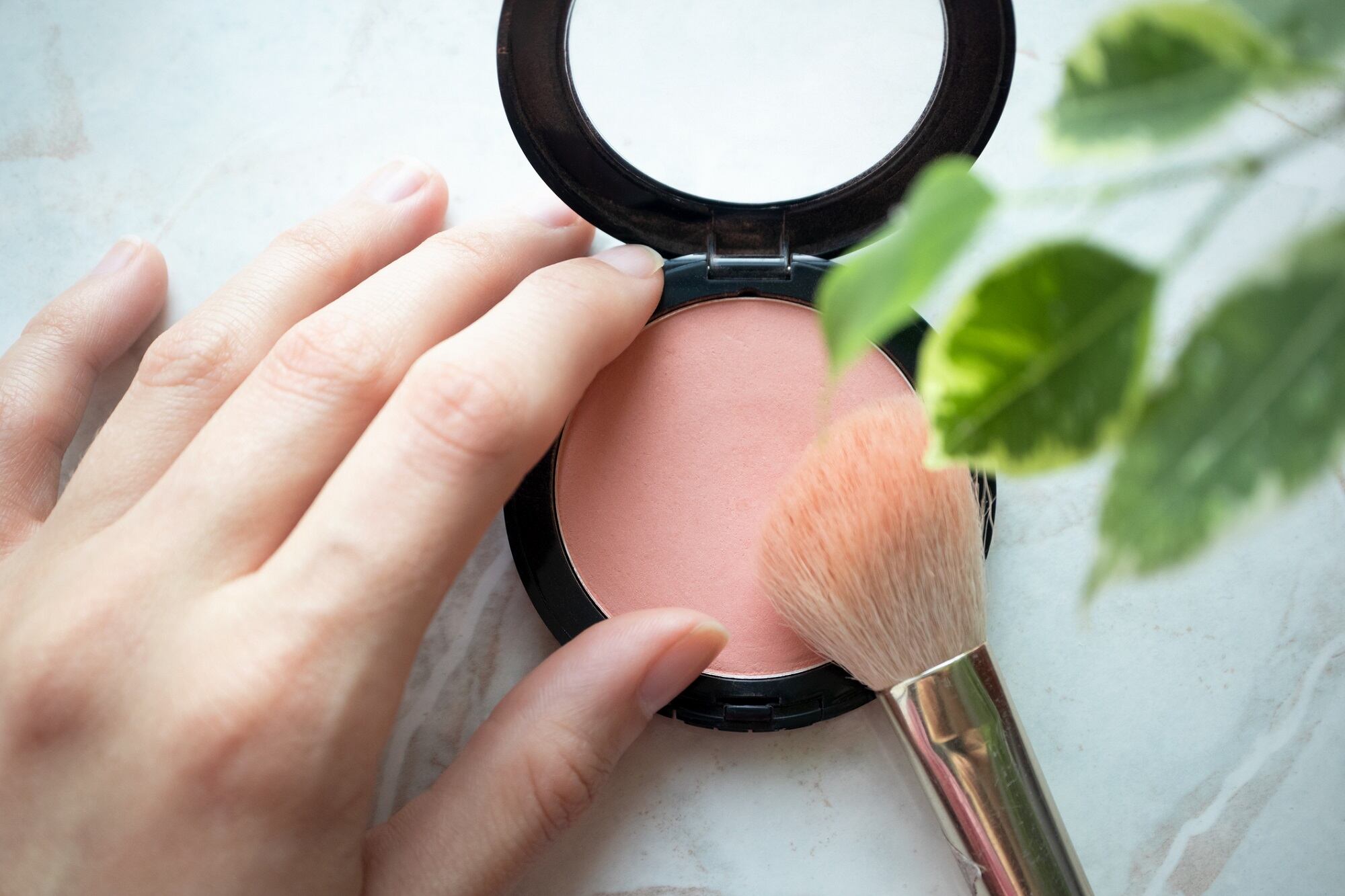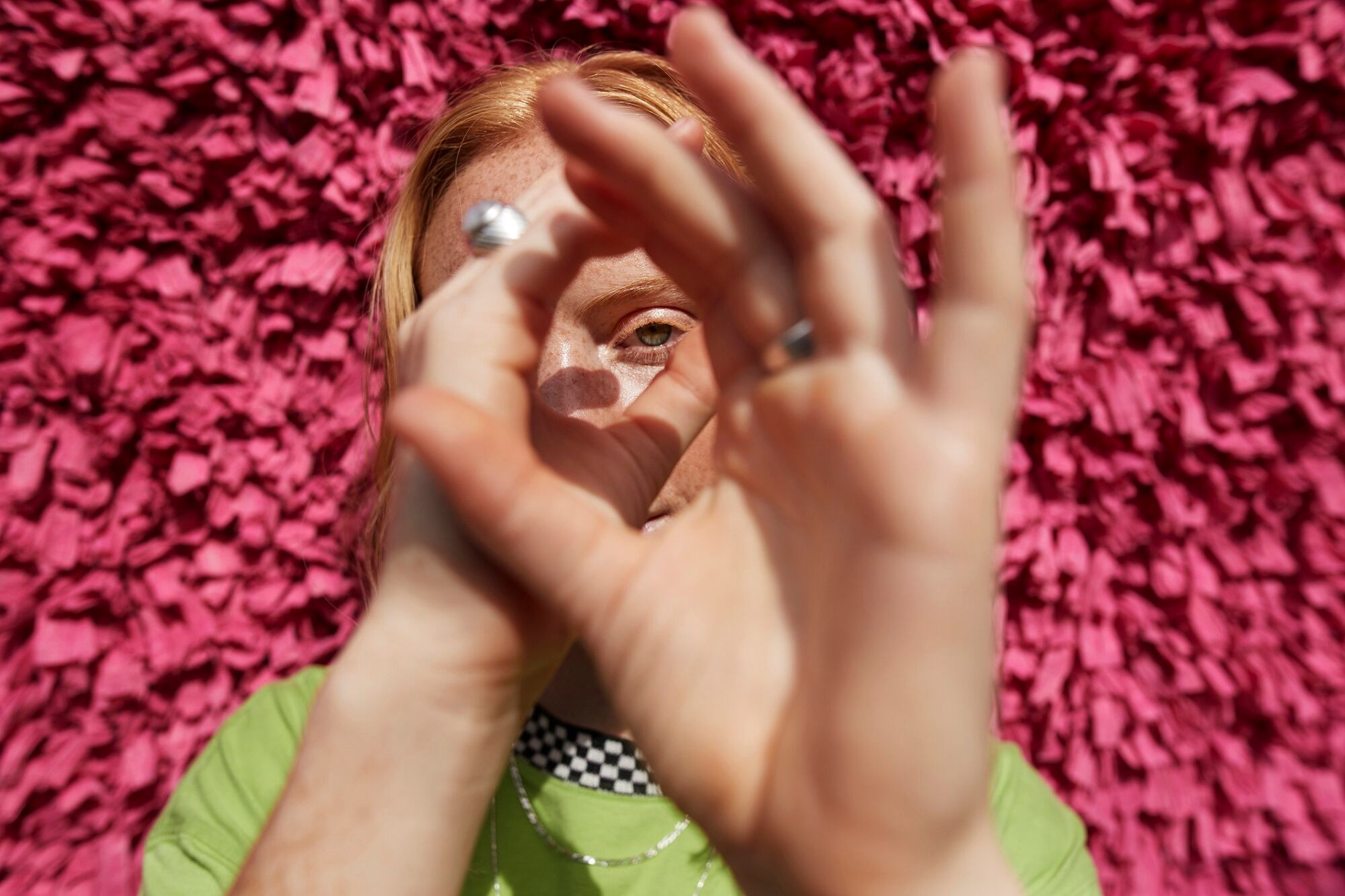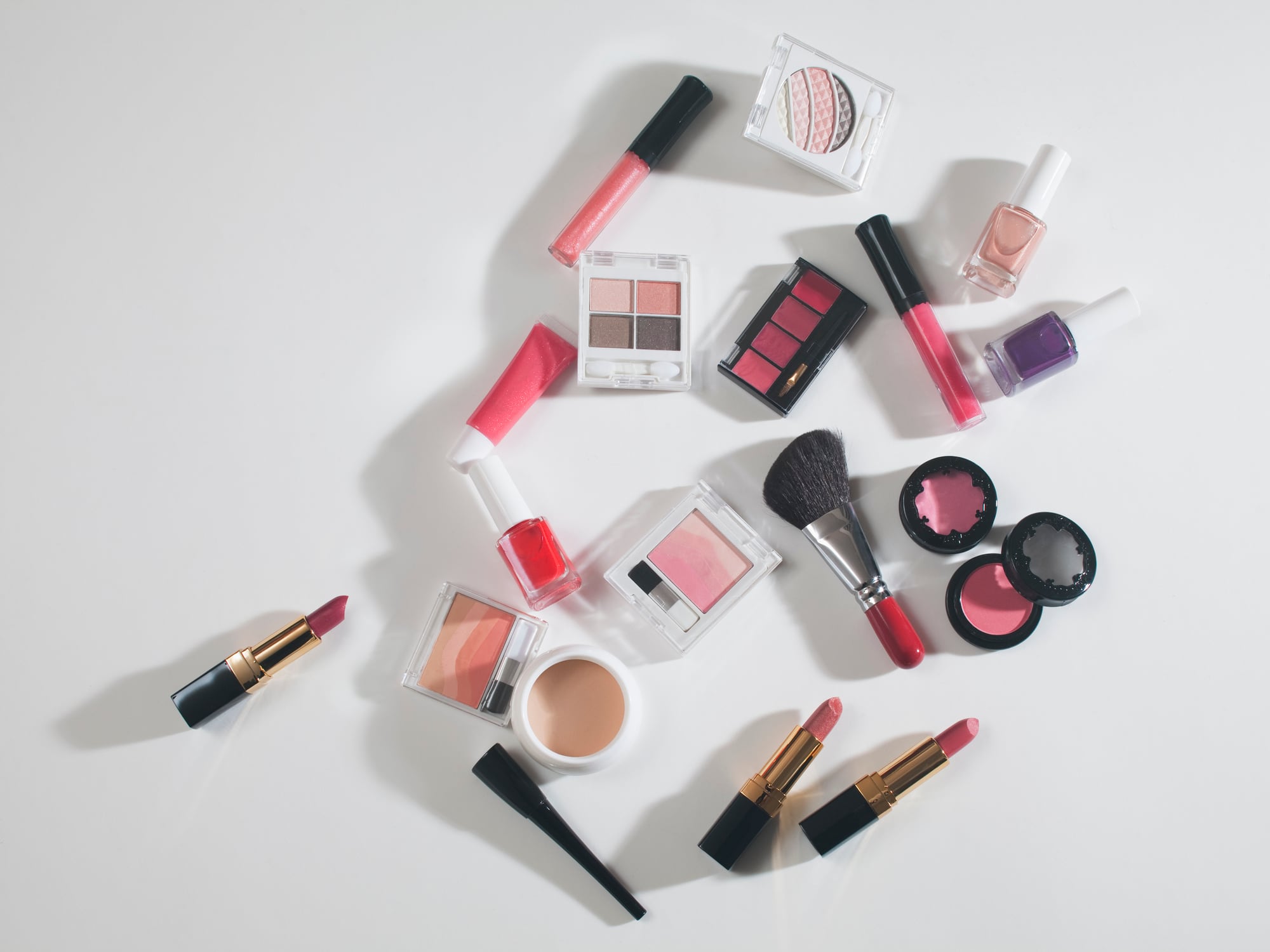A literature review published in Cosmetics details analytical methodologies used to study cosmetics, through the lens of new and emerging trends in the industry. While many recent methods are crucial to the field of cosmetics, constant innovation will be important as the industry continues to pursue biobased ingredients and grow globally.
Some of the analytical methodologies covered in the study include electronic nose technology, colorimetric analysis, product stability assessment parameters, rheology and chromatographic analyses.
Trend analysis
The authors discuss trends in the cosmetics industry, particularly those that will influence analytical methodologies and the creation of new ones. These include an uptick in sustainability, such as biobased raw materials, and increasing industry growth in Asia, Latin America and Eastern Europe. Cosmetics make up roughly 18% of the personal care market and in 2023, the global beauty market was valued at USD $625.7 billion.
“A significant paradigm shift observed in recent times is the transition from petrochemical-derived ingredients to biobased and naturally sourced alternatives,” the authors write. However, challenges exist with replacing synthetic ingredients which are often low cost, with biobased ones. Some of these challenges include complex ingredients, higher cost, variability in raw materials, regulatory compliance and limited availability.
Because of these challenges, analytical methods will be vital in ensuring that biobased formulations are safe, effective and of high quality.
For this review, 257 publications were analyzed and 190 were selected. Search words utilized included cosmetic, analysis, stability and formulation.
Analytical methods
The analytical methods discussed in the study can be organized into five groups: interfacial, rheology, spectroscopic, chromatographic and cosmetic product stability.
- Interfacial: Within interfacial methods, olfactometry and the electronic nose are detailed in this study. “The ability to couple analytical techniques with sensory techniques allows for a diverse range of analyses of various samples, providing new insights into the nature of these samples,” the authors write. The electronic nose functions similarly to how we smell, with a sensor array acting as an olfactory receptor. “Due to its simplicity, affordability, cost-benefit ratio, and speed, the electronic nose could become a future reference standard for determining the authenticity of cosmetic products.”
- Rheology: Rheology is the study of the deformation and flow of materials — it studies the viscosity of things such as lotions and hair conditions to evaluate stability and performance. New techniques are emerging in the field of rheology, including computer modeling and simulations.
- Spectroscopic: Spectroscopic analyses include colorimetric analysis, which is done via instrumental analysis or visual assessment. “By employing advanced instruments, software, and controlled lighting environments, both researchers and manufacturers can expedite the development of superior products,” the authors write. These tools, they continue, help to precisely assess and manage color characteristics and help maintain consistent quality.
- Chromatographic: Chromatographic analyses are divided into two categories: liquid and gas. Liquid chromatographic analysis looks at preservatives, sunscreens, colorants and antioxidants. Gas analysis is done on fragrances, preservatives and nail products. Fragrance allergens can cause negative health effects on humans as well as toxicity, so a thorough analysis prior to product release is essential.
- Cosmetic Product Stability: “Stability studies are conducted to define a product’s shelf-life and evaluate necessary adjustments in formulations, packaging materials, storage conditions, transportation, etc., to ensure health and meet consumer expectations,” the authors write.
In order to evaluate stability within cosmetic products, temperature, light and centrifugation are used as stress mechanisms. The authors discuss a new technique, analytical centrifugation, as “novel” to the field.
Source:
Cosmetics 2024, 11(1), 1; https://doi.org/10.3390/cosmetics11010001
“Meta-Analysis and Analytical Methods in Cosmetics Formulation: A Review”
Authors: Rico, F., et al.




